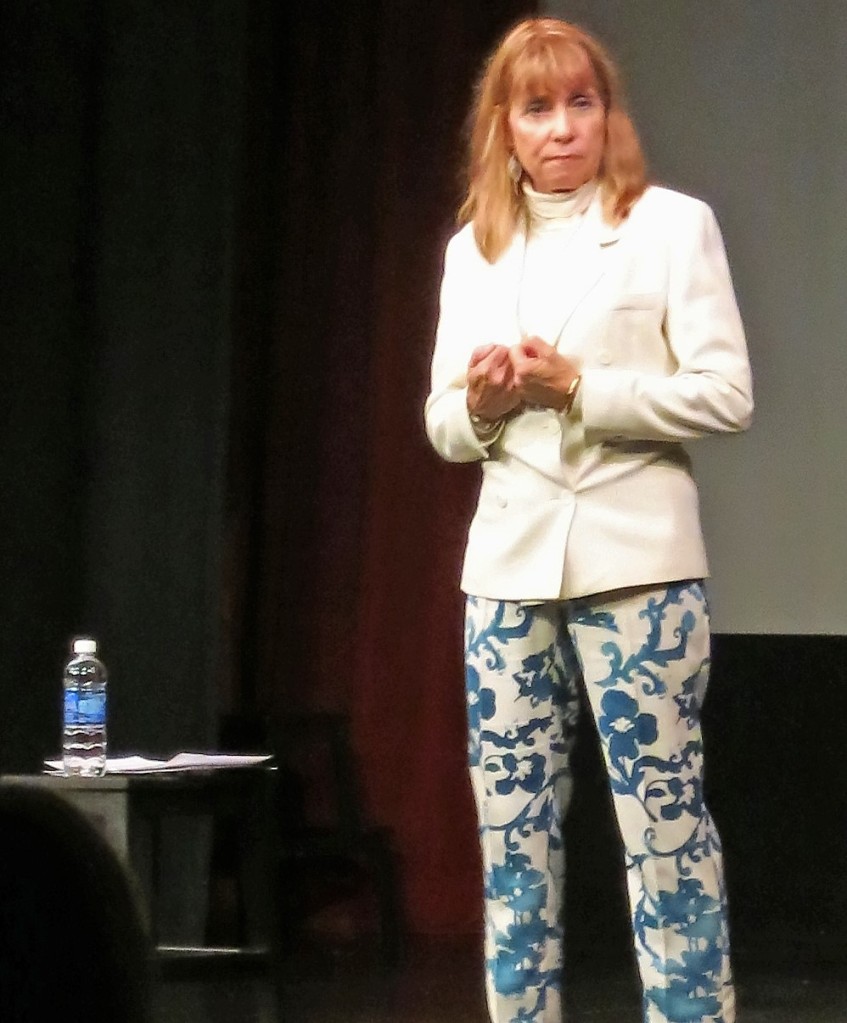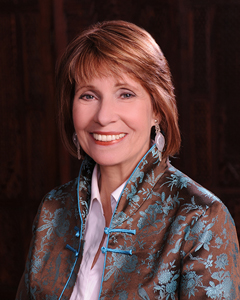Think old fashioned. Think sportswear. Think soy sauce.
It’s unusual to lead and transfer a family business from one generation to the next.
You may already know that about 30% of family businesses successfully transfer to the second generation, and less than 50% of those businesses make it to the third generation and beyond.
It’s a tough proposition, and even tougher when attention is not given to the systems and processes that keep family businesses and their families thriving. After all, distrust, miscommunication, and differing perspectives on the role of business in the family’s life, and the role of the family in the business’s life can wreak havoc on both the family business and the business of the family.
To succeed, a family business must define its purpose. Doing so provides a runway of directed communication built on a strong foundation for the family. A purpose driven business attracts those who are committed to furthering the goals and objectives of this purpose.
To succeed, a family business must foster strong, directed, and clear communication with the emphasis on letting voices be heard, inclusion, clarity, and topic, rather than personality driven conversations. Annual reporting and sharing family heritage in story form is key here, all focused on nurturing the purpose.
To succeed, the family business must be able to separate the family from the business. Family time is focused on the family, business time is focused on business. Separate the two so you can create bridges of appropriate overlap between the two. These may take the form of family councils, annual retreats where family time is incorporated into the weekend business planning retreat.
The old-fashioned Vermont Country Store, whose focus is on nostalgic items, is in their third generation of family ownership. The sportswear company, Columbia Sportswear, is a third-generation sportswear and manufacturing company. Gert, the second-generation leader took it from near bankruptcy to a company where her grandson, Tim is now leading it to new successes. And if you have ever used Kikkoman soy sauce, you have used one of the Mogi family’s 16 generation strong products. Yes, 16 generations and thriving.
Successful family businesses understand that there are obstacles and tough challenges to be dealt with. That is an element they fold into their daily life because, when it comes down to it, they have a shared purpose they are fostering. And that’s what drives their success.
Contact me to talk more about how I can guide you to keep your family and family business vibrant and purpose driven.










